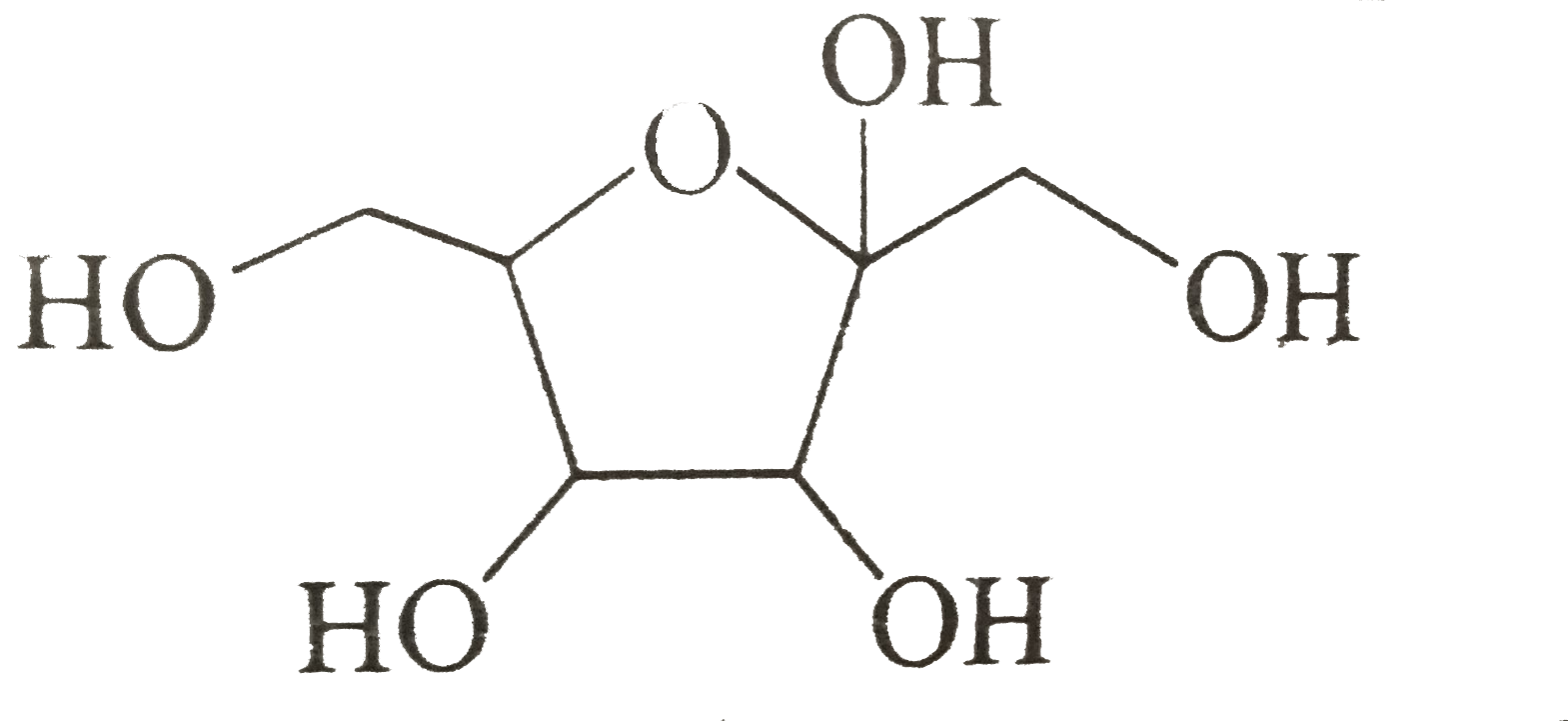The number of stereoisomer possible for the following compound is CH3−CH=CH−CH(Br)−CH2−CH3
2
3
4
8
The correct Answer is:C
To determine the number of stereoisomers for the compound CH₃−CH=CH−CH(Br)−CH₂−CH₃, we need to analyze the structure of the compound and identify the presence of chiral centers and double bonds.
Step 1: Identify the double bond and its configuration
The compound has a double bond between the second and third carbon atoms (C2 and C3). This double bond can exist in two configurations: cis (Z) and trans (E).
Step 2: Identify the chiral centers
Next, we need to check for chiral centers. A chiral center is a carbon atom that is attached to four different groups. In the given compound, we have:
- C4 (the carbon attached to the Br atom) is a chiral center because it is attached to four different groups:
1. Br
2. CH₂ (the next carbon in the chain)
3. CH (the carbon with the double bond)
4. CH₃ (the terminal carbon)
Step 3: Count the stereoisomers
1. Cis-Trans Isomers: For the double bond (C2=C3), we can have two configurations: cis and trans.
2. Chiral Center: The presence of one chiral center (C4) allows for two configurations (R and S).
Step 4: Calculate the total number of stereoisomers
The total number of stereoisomers can be calculated using the formula:
\( \text{Total Stereoisomers} = 2^n \times m \)
where:
- \( n \) = number of chiral centers
- \( m \) = number of double bonds that can exhibit cis-trans isomerism
In our case:
- \( n = 1 \) (one chiral center at C4)
- \( m = 2 \) (two configurations for the double bond)
Thus, the total number of stereoisomers is:
\( \text{Total Stereoisomers} = 2^1 \times 2 = 2 \times 2 = 4 \)
Final Answer
The total number of stereoisomers possible for the compound CH₃−CH=CH−CH(Br)−CH₂−CH₃ is 4.
---
The compound has a double bond between the second and third carbon atoms (C2 and C3). This double bond can exist in two configurations: cis (Z) and trans (E).
Next, we need to check for chiral centers. A chiral center is a carbon atom that is attached to four different groups. In the given compound, we have:
1. Br
2. CH₂ (the next carbon in the chain)
3. CH (the carbon with the double bond)
4. CH₃ (the terminal carbon)
1. Cis-Trans Isomers: For the double bond (C2=C3), we can have two configurations: cis and trans.
2. Chiral Center: The presence of one chiral center (C4) allows for two configurations (R and S).
The total number of stereoisomers can be calculated using the formula:
\( \text{Total Stereoisomers} = 2^n \times m \)
where:
- \( n \) = number of chiral centers
- \( m \) = number of double bonds that can exhibit cis-trans isomerism
- \( n = 1 \) (one chiral center at C4)
- \( m = 2 \) (two configurations for the double bond)
\( \text{Total Stereoisomers} = 2^1 \times 2 = 2 \times 2 = 4 \)
The total number of stereoisomers possible for the compound CH₃−CH=CH−CH(Br)−CH₂−CH₃ is 4.
Topper's Solved these Questions
- BOOK - ERRORLESSCHAPTER - GENERAL ORGANIC CHEMISTRY EXERCISE - PAST YEARS QUESTIONS85videos
GENERAL ORGANIC CHEMISTRY
- BOOK - ERRORLESSCHAPTER - GENERAL ORGANIC CHEMISTRY EXERCISE - ASSERTION AND REASON14videos
GENERAL ORGANIC CHEMISTRY
- BOOK - ERRORLESSCHAPTER - GENERAL ORGANIC CHEMISTRY EXERCISE - NCERT BASED QUESTIONS (Organic Reactions and their Mechanism )46videos
GENERAL ORGANIC CHEMISTRY
- BOOK - ERRORLESSCHAPTER - ENVIRONMENTAL CHEMISTRYEXERCISE - ASSERTION & REASON7videos
ENVIRONMENTAL CHEMISTRY
- BOOK - ERRORLESSCHAPTER - HYDROCARBONSEXERCISE - ASSERTION & REASON18videos
HYDROCARBONS
Similar Questions
Knowledge Check
- Question 1 - Select One
The number of stereoisomers possible for the following compound is
CH3−CH=CH−CH(OH)−MeA3B2C4D6 - Question 2 - Select One
The number of stereoisomers possible for the following compound is
CH3−CH=CH−CH(OH)−MeA3B2C4D6 - Question 3 - Select One
Total number of optical active stereoisomers of the following compound is :
CH3−CH=CH−CHCI−CH=C=CH−CH=CH−CH3A8B6C16D10
The number of stereo isomers possible for a compound of the molecular formula is CH3−CH=CH−CH(NH2)−CH3 is
View SolutionTotal number of steroisomers possible for the compound
H3C−CH=CH−CH=CH−CH=CH−Ph areView SolutionWhat is the maximum number of steroisomers possible for each compound?
(a) CH3CH(OH)CH(OH)CH2CH3 (b) CH3CH2CH2CH(CH3)2
 View Solution
View SolutionThe number of stereoisomers possible for a compound of the molecular formula CH3−CH=CH−CH(OH)−Me is
View SolutionThe number of stereoisomers possible for a compound of the molecular formula CH3−CH=CH−CH(OH)−Me is
View Solution

